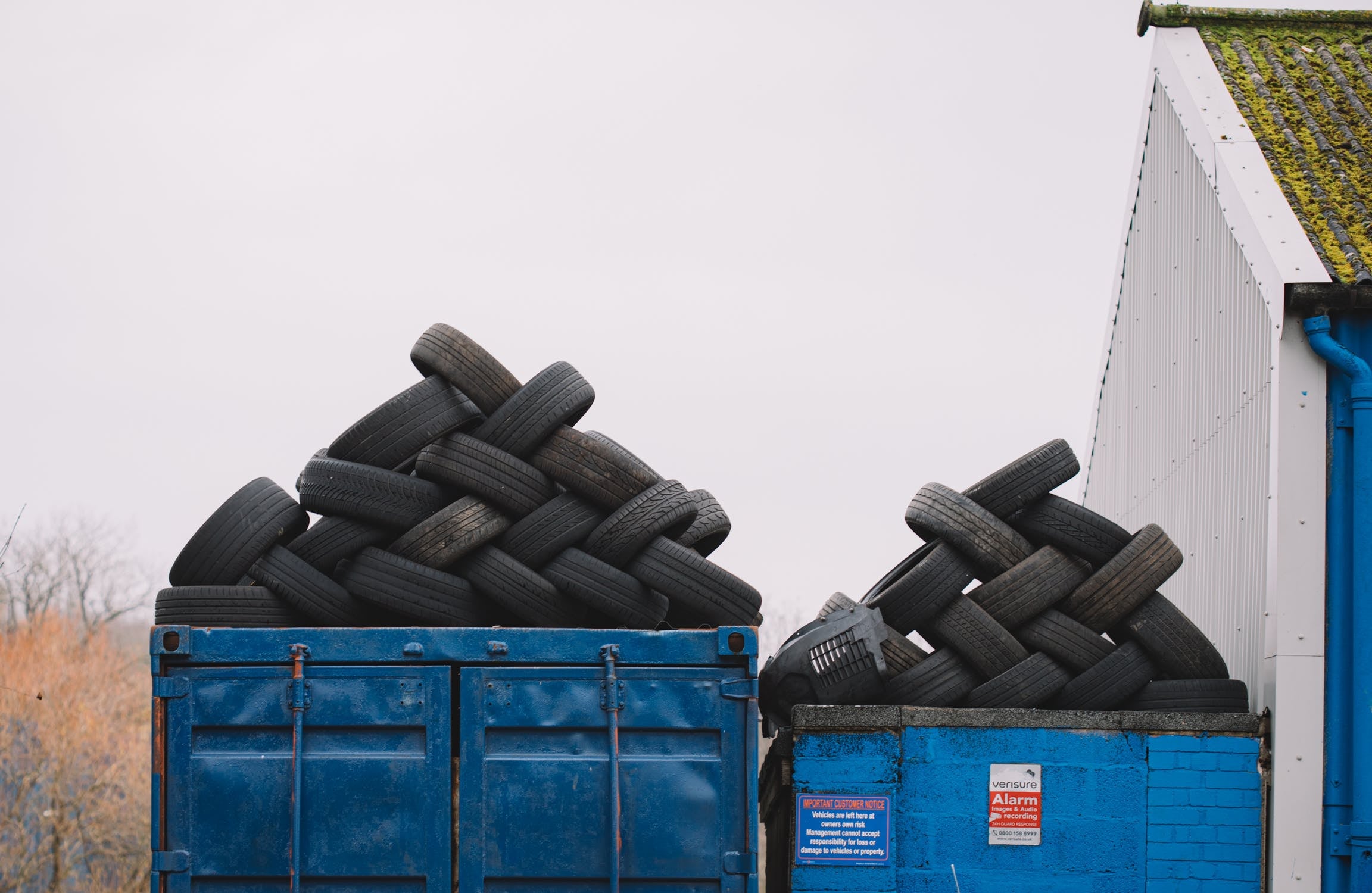06 April 2020
2 min read
#Planning, Environment & Sustainability
Published by:

Queensland’s waste strategy has introduced new opportunities for waste generators and receivers.
The End of Waste (EOW) Framework allows waste generators to supply certain wastes for use as a resource. The State’s efforts to encourage the reuse of waste allows waste producers to not only profit from used material, but avoid the stringent requirements imposed on disposal.[1] The Department of Environment and Science is gradually rolling out Waste Codes setting out criteria for the reuse of particular wastes.
Waste producers may be particularly interested in the recently issued waste codes for tyres and concrete. End-of-life tyres (tyres that are not attached to a vehicle) can be supplied by waste generators for use as:
Three new concrete waste codes also allow the supply of used concrete in the form of hardened concrete, hardened concrete washed out of trucks, and even water and slurry from washing concrete trucks, pumps and mixers. Among the allowed uses for hardened concrete and concrete washout is the manufacture of products used in building, construction, landscaping or civil engineering applications.[3]
The Department invites submissions annually for the development of new Codes with a number of proposed waste codes currently under consideration including Codes for untreated timber and railway ballast. The EOW Framework has created a new market for those in the waste industry and as more Codes are being issued, more wastes will be traded as a valuable resource.
Holding Redlich provides advice to businesses involved in the waste industry and can assist you with any waste management or EOW Framework inquiries you might have.
Author: Sangeetha Badya
[1] Department of Environment and Science webpage on ‘End of waste (EOW) framework) <https://environment.des.qld.gov.au/management/waste/business/end-of-waste-classification>; Waste Reduction and Recycling Act 2011 Guideline ‘End of Waste (EOW)’ (Department of Environment and Science, 8 November 2016).
[2] End of Waste Code ‘End-of-Life Tyres’ (ENEW07503018) (Department of Environment and Science, 28 February 2020).
[3] End of Waste Code ‘Solid Concrete Washout’ (ENEW07602819) (Department of Environment and Science, 6 March 2020); End of Waste Code ‘Liquid Concrete Washout’ (ENEW07602719) (Department of Environment and Science, 6 March 2020); End of Waste Code ‘Returned Concrete’ (ENEW07278517) (Department of Environment and Science, 6 March 2020).
Disclaimer
The information in this publication is of a general nature and is not intended to address the circumstances of any particular individual or entity. Although we endeavour to provide accurate and timely information, we do not guarantee that the information in this newsletter is accurate at the date it is received or that it will continue to be accurate in the future.
Published by: